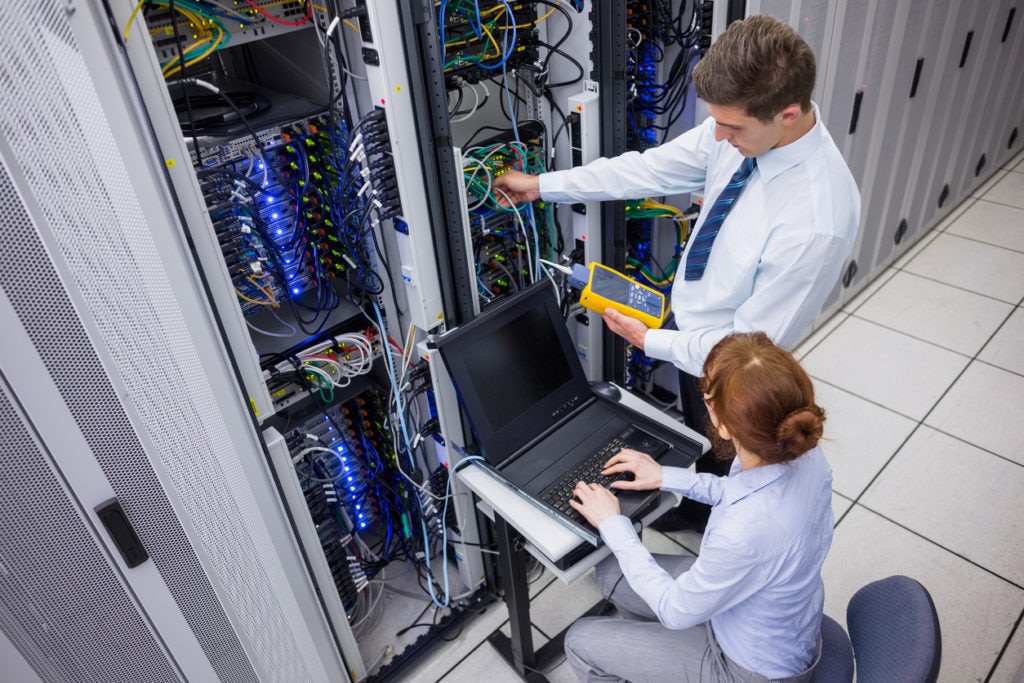While much has been done about the need to modernize
federal IT networks, little has been written about the importance of optimizing the user experience for government employees. Yet modernization and the delivery of a good user experience go hand-in-hand.
Here are three strategies you can employ to ensure a seamless, satisfactory, and well-optimized experience while disposing of headaches and enhancing productivity.
Understand Your Users
What applications do they need to do their jobs?
- What tools are they using to access those applications?
- Are they using their own devices in addition to agency-issued technology?
- Where are they located?
- Do they often work remotely?
Let’s discuss users who routinely use their personal smartphones to access internal applications. You’ll have to consider whether to authorize their devices to work on your internal infrastructure or introduce an employee personal device network and segment it from the main network. This can protect the primary network without restricting the employee from being able to use said device or application.
Similar considerations apply to
federal employees who routinely work remotely. If this applies, you’ll want to employ segmentation to ensure they can access the applications they need without potentially disrupting or compromising your primary network.
Monitor Their Experience
Synthetic and real user monitoring can help you assess the user experience. Synthetic monitoring allows you to test an experience over time and discover how specific instances affected it. Real user monitoring lets you analyze real transactions as users interact with your agency’s applications.
Both of these monitoring strategies are useful on their own, but they really shine when layered on top of one another. A synthetic test may show everything running normally, but if users are experiencing poor quality of service, something is clearly amiss. Perhaps you need to allocate more memory or optimize a database query. Comparing the real user monitoring data with the synthetic test can give you a complete picture and help you identify the problem.
However, applications are only the tip of the spear. You also need to be able to see how those applications are interacting with your servers, so you can be proactive in addressing issues before they arise.
Obtaining this insight requires going a step beyond traditional systems monitoring. It calls for a level of server and application monitoring that allows you to visualize the relationship between the application and the server. Without understanding those interdependencies, you’ll be throwing darts in the dark whenever an issue arises.
Pre-Optimize the Experience
It’s also important to provide exceptional citizen experiences, particularly for agencies with applications that must endure periods of heavy user traffic.
These agencies can plan for periods of heavy usage by simulating loads and their impact on applications. Synthetic monitoring tools and network bandwidth analyzers can be instrumental in simulating and plotting out worst-case scenarios to see how the network will react.
If you’re in one of these agencies, and you know there’s the potential for heavy traffic, take a few weeks, or even months, in advance to run some tests. This will allow you to proactively address the challenges ahead—such as purchasing more memory or procuring additional bandwidth through a service provider—and “pre-optimize” the user experience.
All the investments agencies make towards network modernization are fruitless without a good user experience. If someone can’t access an application, or the network is horrendously slow, the investments won’t be worth much. Committing to providing great service can help users make the most of your agency’s applications and create a more efficient and effective user experience.
Find the full article on Federal Times. 



